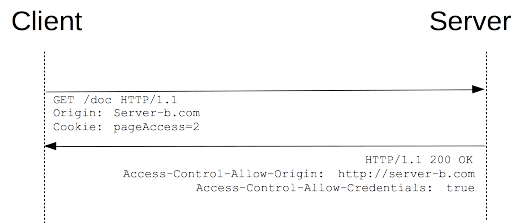I'm trying to debug a compilation problem, but I cannot seem to get GCC (or maybe it is make??) to show me the actual compiler and linker commands it is executing.
Here is the output I am seeing:
CCLD libvirt_parthelper
libvirt_parthelper-parthelper.o: In function `main':
/root/qemu-build/libvirt-0.9.0/src/storage/parthelper.c:102: undefined reference to `ped_device_get'
/root/qemu-build/libvirt-0.9.0/src/storage/parthelper.c:116: undefined reference to `ped_disk_new'
/root/qemu-build/libvirt-0.9.0/src/storage/parthelper.c:122: undefined reference to `ped_disk_next_partition'
/root/qemu-build/libvirt-0.9.0/src/storage/parthelper.c:172: undefined reference to `ped_disk_next_partition'
/root/qemu-build/libvirt-0.9.0/src/storage/parthelper.c:172: undefined reference to `ped_disk_next_partition'
collect2: ld returned 1 exit status
make[3]: *** [libvirt_parthelper] Error 1
What I want to see should be similar to this:
$ make
gcc -Wall -c -o main.o main.c
gcc -Wall -c -o hello_fn.o hello_fn.c
gcc main.o hello_fn.o -o main
Notice how this example has the complete gcc command displayed. The above example merely shows things like "CCLD libvirt_parthelper". I'm not sure how to control this behavior.
To invoke a dry run:
make -n
This will show what make is attempting to do.
Library makefiles, which are generated by autotools (the ./configure you have to issue) often have a verbose option, so basically, using make VERBOSE=1 or make V=1 should give you the full commands.
But this depends on how the makefile was generated.
The -d option might help, but it will give you an extremely long output.
Build system independent method
make SHELL='sh -x'
is another option. Sample Makefile:
a:
@echo a
Output:
+ echo a
a
This sets the special SHELL variable for make, and -x tells sh to print the expanded line before executing it.
One advantage over -n is that is actually runs the commands. I have found that for some projects (e.g. Linux kernel) that -n may stop running much earlier than usual probably because of dependency problems.
One downside of this method is that you have to ensure that the shell that will be used is sh, which is the default one used by Make as they are POSIX, but could be changed with the SHELL make variable.
Doing sh -v would be cool as well, but Dash 0.5.7 (Ubuntu 14.04 sh) ignores for -c commands (which seems to be how make uses it) so it doesn't do anything.
make -p will also interest you, which prints the values of set variables.
CMake generated Makefiles
make VERBOSE=1
See: Using CMake with GNU Make: How can I see the exact commands?
Since GNU Make version 4.0, the --trace argument is a nice way to tell what and why a makefile do, outputing lines like:
makefile:8: target 'foo.o' does not exist
or
makefile:12: update target 'foo' due to: bar
I like to use:
make --debug=j
It shows the commands it executes:
https://linux.die.net/man/1/make
--debug[=FLAGS]
Print debugging information in addition to normal processing. If the FLAGS are omitted, then the behavior is the same as if -d was specified. FLAGS may be a for all debugging output (same as using -d), b for basic debugging, v for more verbose basic debugging, i for showing implicit rules, j for details on invocation of commands, and m for debugging while remaking makefiles.
Depending on your automake version, you can also use this:
make AM_DEFAULT_VERBOSITY=1
Reference: AM_DEFAULT_VERBOSITY
Note: I added this answer since V=1 did not work for me.



